It was a bright, beautiful April Fool’s Day. At 6.30am, a magnificent golden orb lit the eastern horizon with a brilliance we probably won’t see more than a dozen times this year.
The breeze was sweet and the air so clear you could practically see blades of grass on the horizon.
Despite the beleaguered state of the retail motor industry, the news feeds were already filling with car companies’ traditional April Fool spoofs: a free tattoo for every new Volkswagen owner, BMW to launch an off-road version of the M2 – that sort of thing.
And in Manchester, the Volkswagen ID 4 in which I was about to cross the country had turned into a Ford.
To be fair, we’ve known for years that Ford was basing its first all-European electric cars – the Explorer and the Capri – on the VW Group’s excellent and well-proven MEB platform, the same component set used to underpin the ID 3 and ID 4.
This was undoubtedly a pragmatic decision, given that Ford urgently needs to do better in the European EV race. And despite a nine-month production delay, the project is turning into a modest – if not yet profitable – success.
Selfishly speaking, Ford’s MEB decision didn’t suit me. Outside the limits of the impartiality needed to be a fair-minded road tester, I’m a Ford fan: my grandfather was a pioneering Ford dealer in the Australian bush, we had lots of family Fords and my first new car was a Cortina 1600E.
My view of Ford is that it may make everyman cars, but it also does things first – such as the life-changing Model T, the first affordable V8, unitary steel construction, MacPherson struts, the original Mustang, the GT40, the first ‘computer-designed’ Cortina, all those fast Escorts and much, much more.
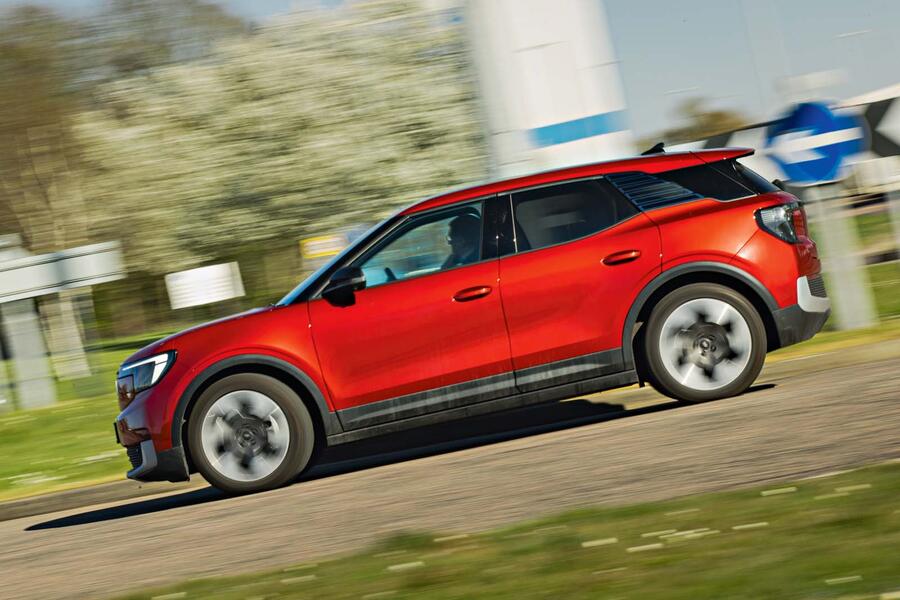

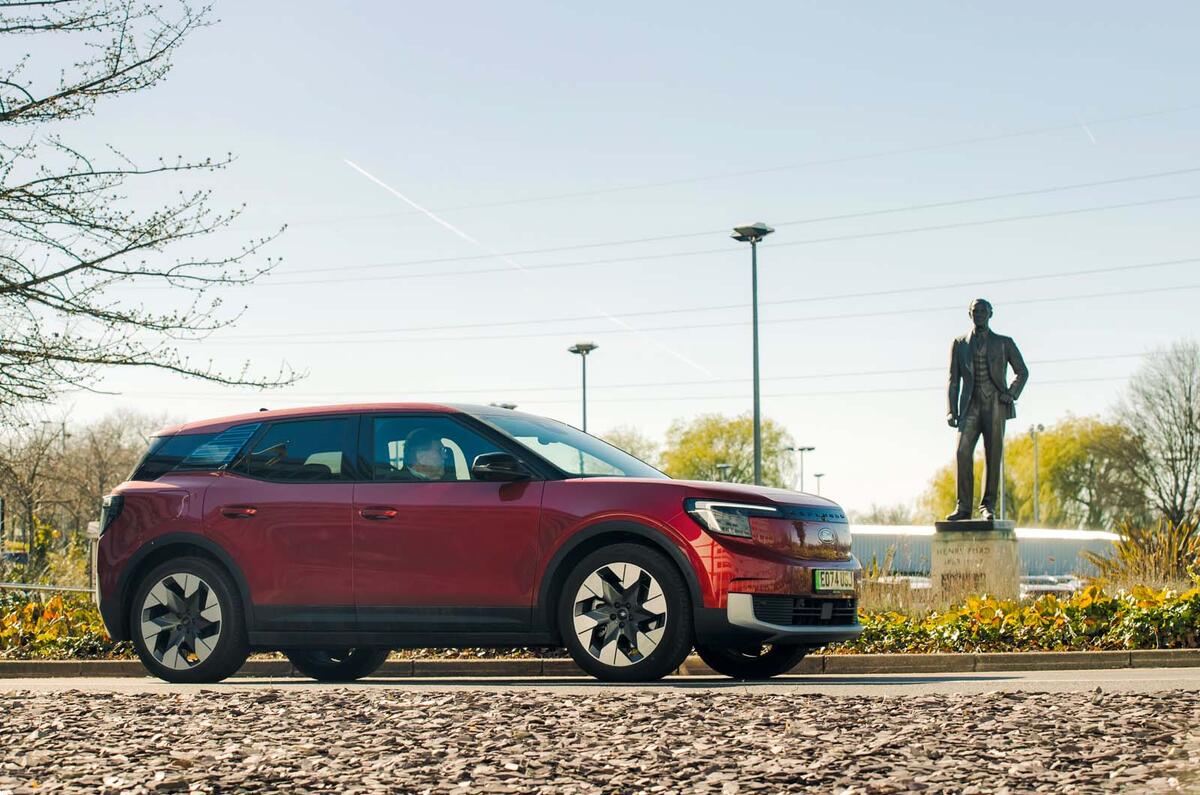

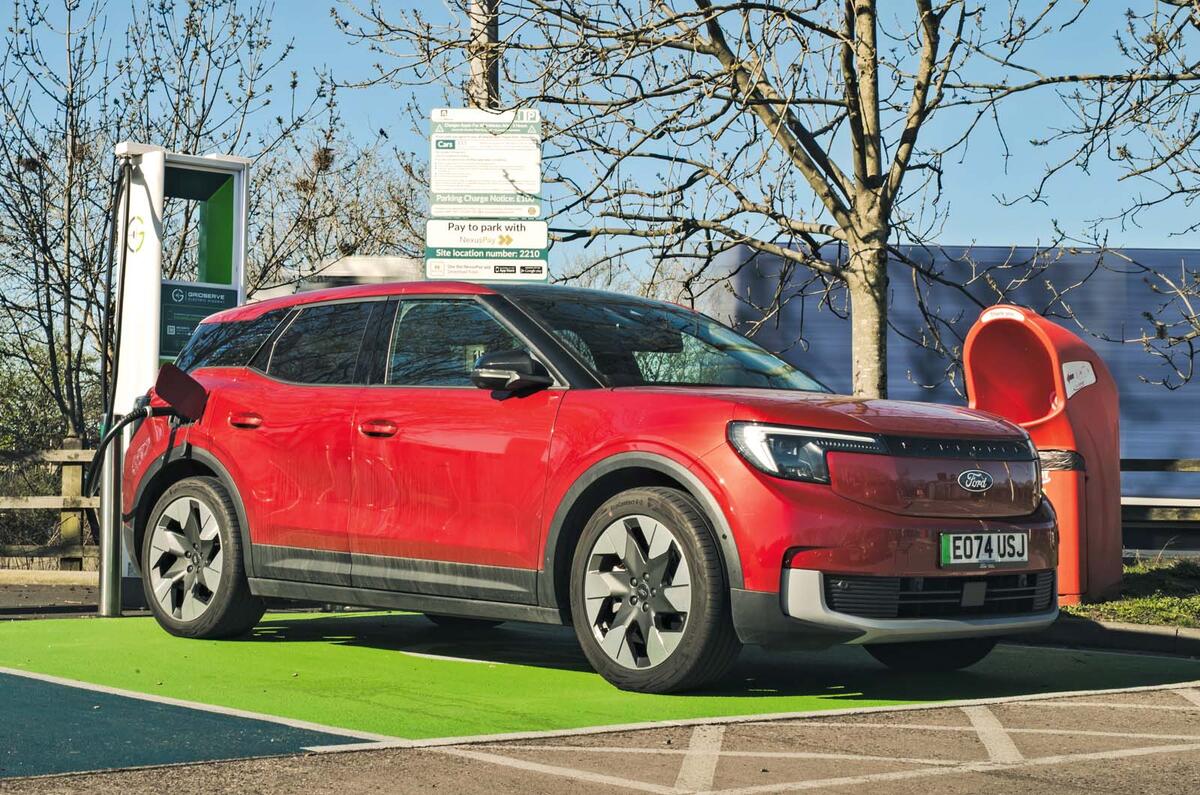
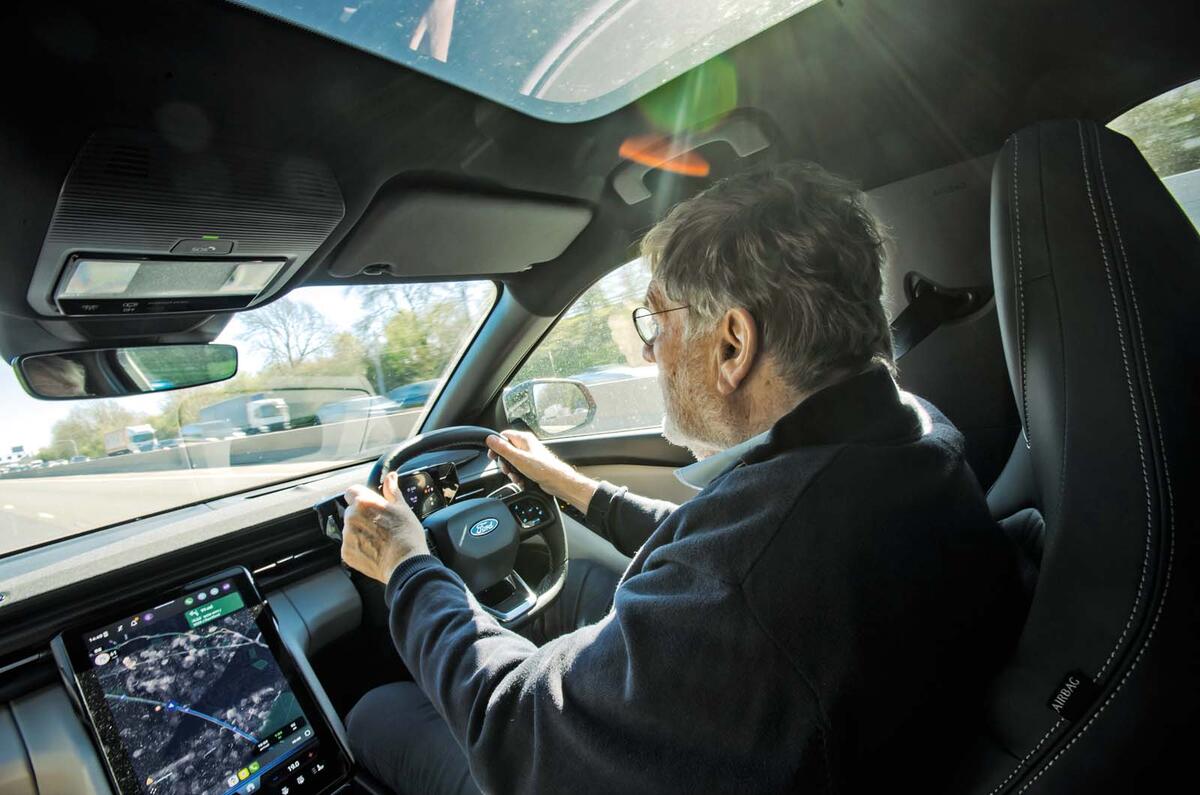
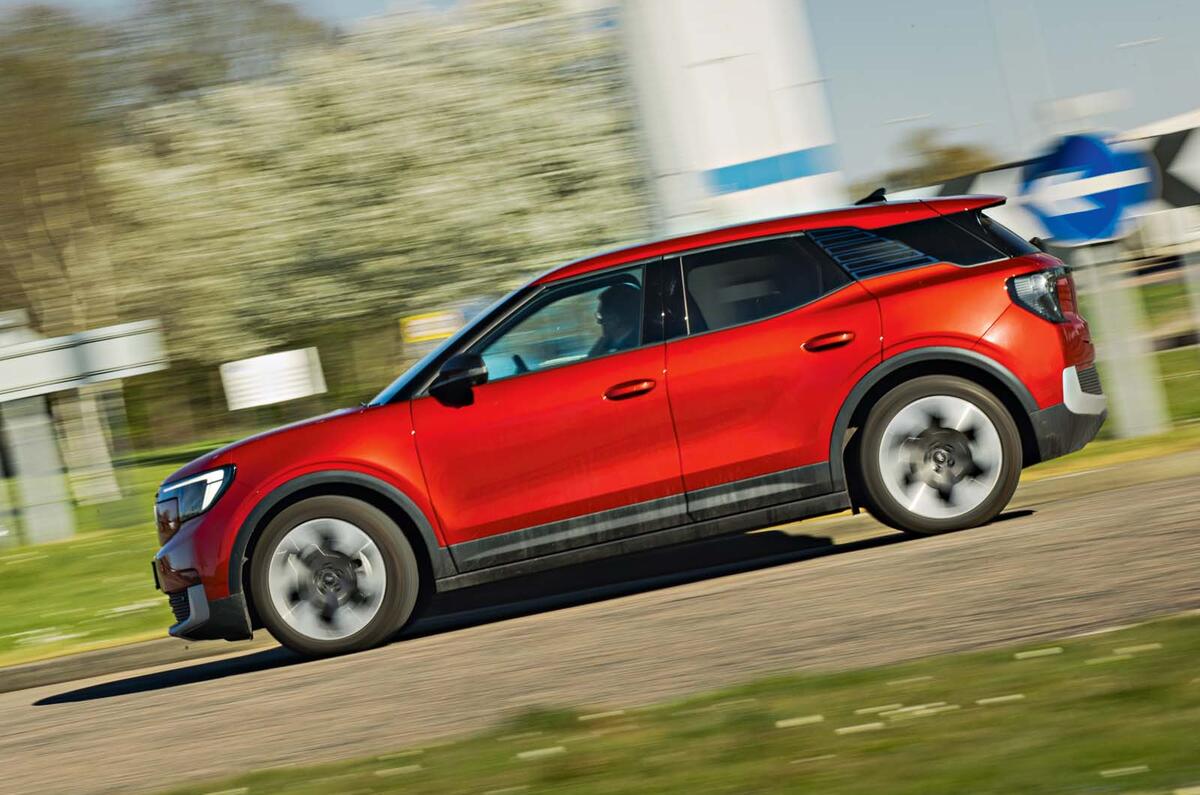
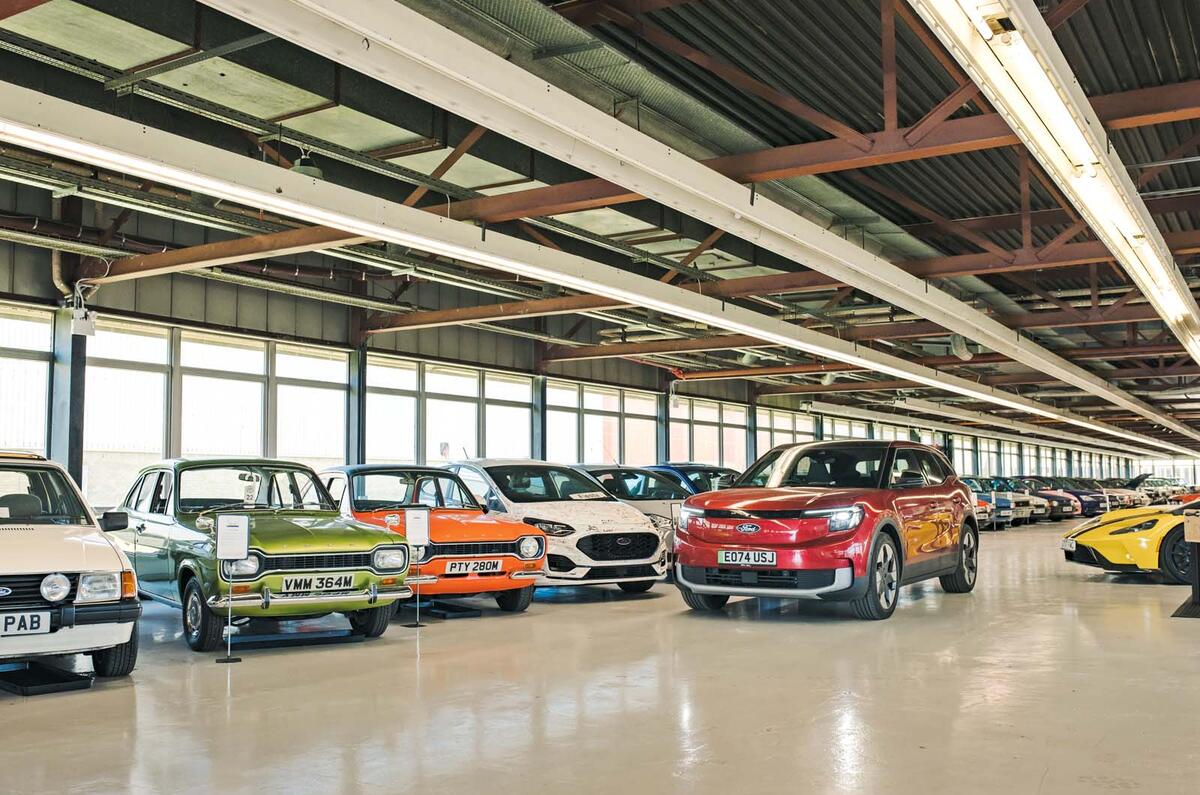
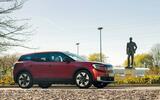



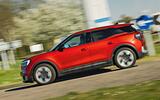




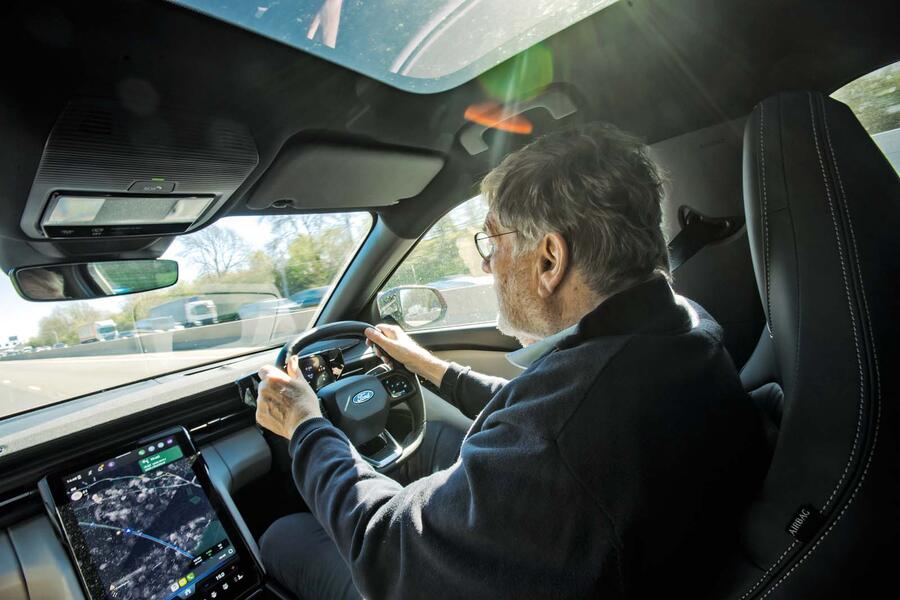
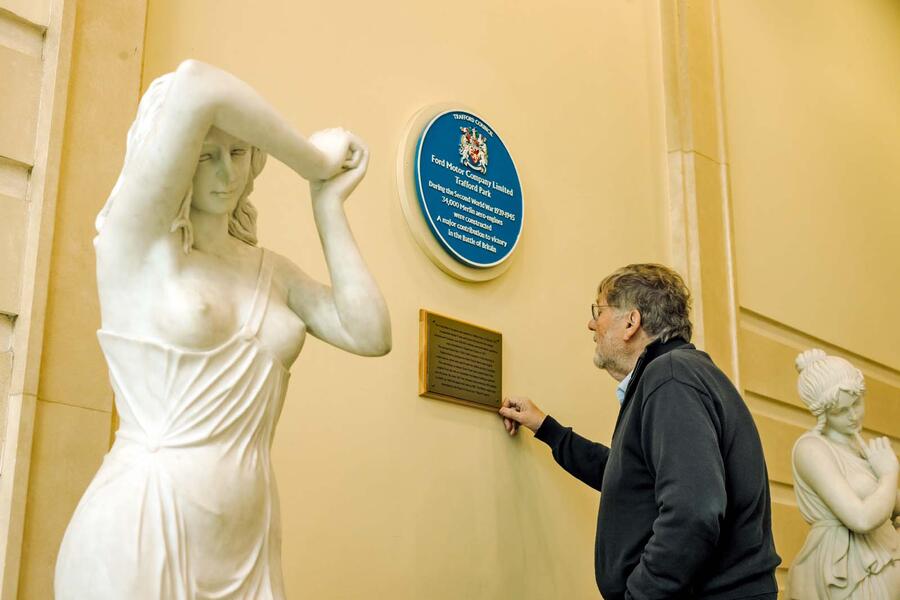
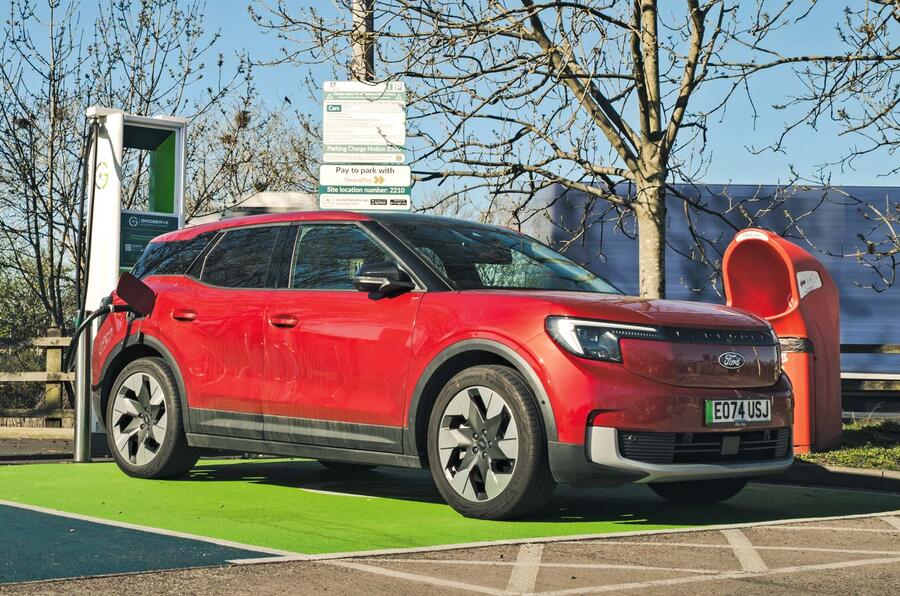
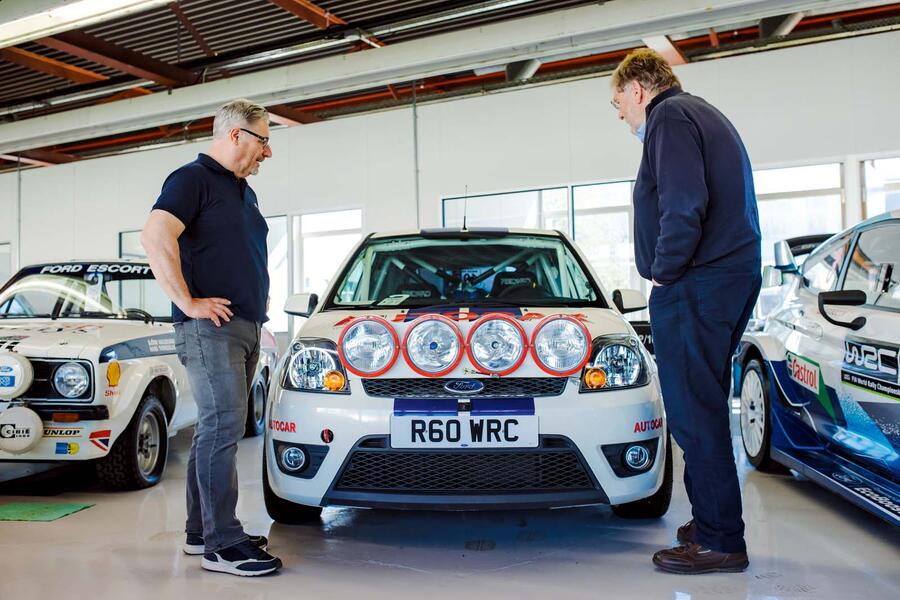





Join the debate
Add your comment
89p/kWh at public chargers is precisely why people without the ability to charge at home aren't buying EVs. It would be cheaper to run a Mustang GT.
Do some research, 89p Kwh is not typical.
I am doing the maths correclty here? 3.5mpkWh at 89p per kW = 175 miles out of 50kW battery is 25.4p per mile?
My 20yr old diesel motorhome, weighing 4 tons, gets about 25mpg. With a gallon of diesel costing £1.35 per litre each mile is costing me 24.5p and it takes less than 5 minutes to fill a twelve gallon tank.
Progress?
Actually the fuel cost is irrelevant. Had Steve viisited a few Ford dealers en route he may have discovered a number of these models offered as ex demonstrators for around £30k. So, as with many EVs, it's depreciation that's the primary concern. Make no mistake, electric cars are very appealing in lots of ways, but until there is more widespread market acceptance I think the answer is to buy used.
Now do your stupid calculation with an electric cost at the EON 7p kwh rate for example. Takes around 30 seconds of your time to plug in, at home, less than queueing up at the pump, or the ten minutes minimum spent defrosting your diesel van in winter.